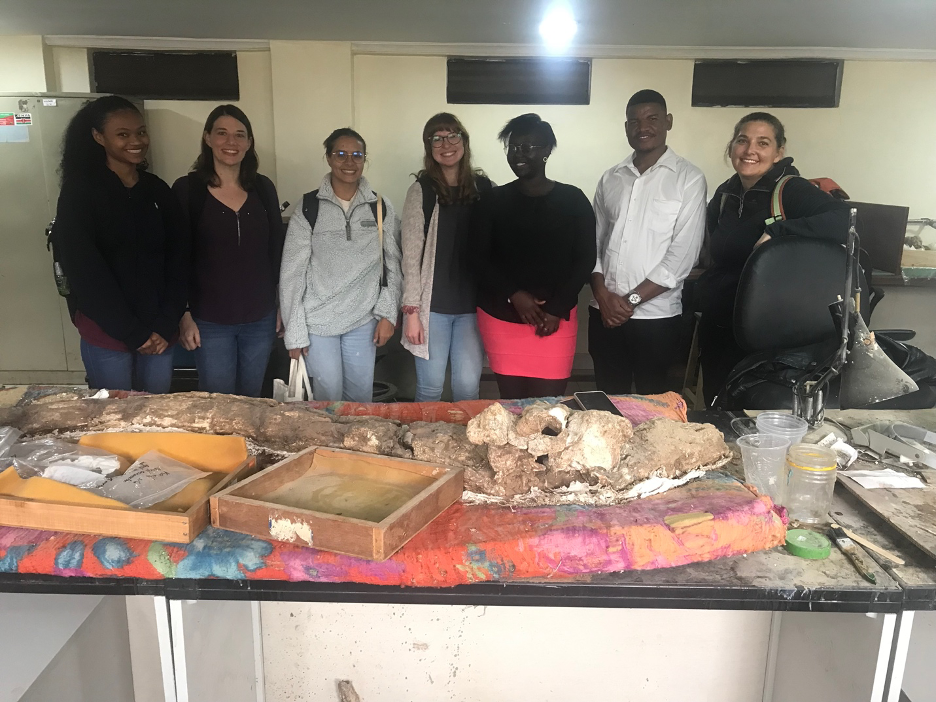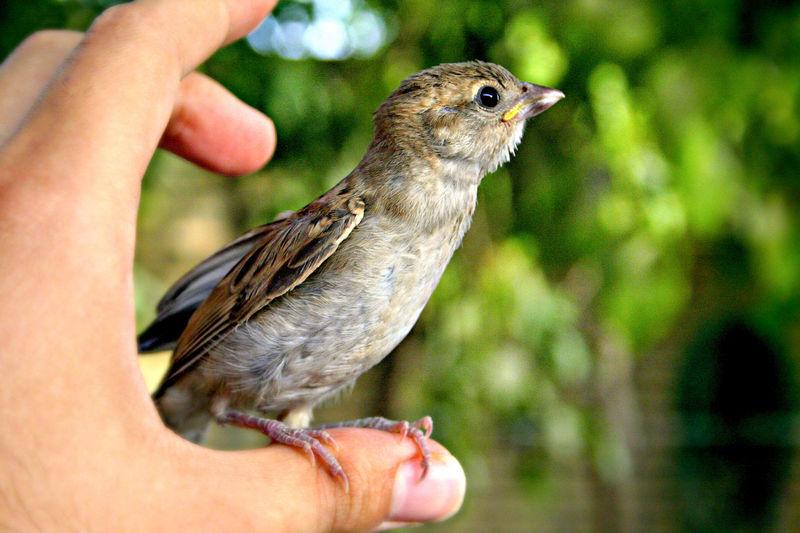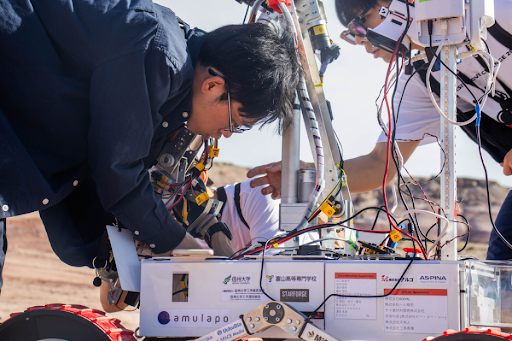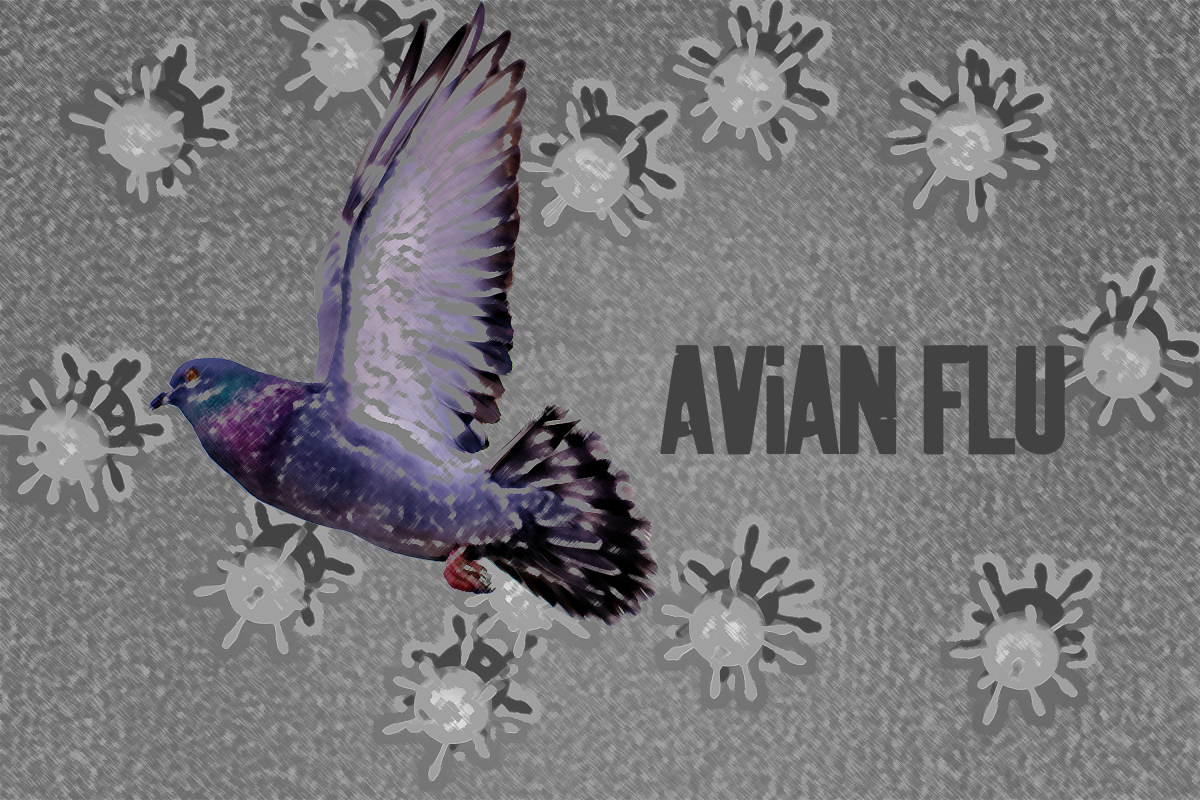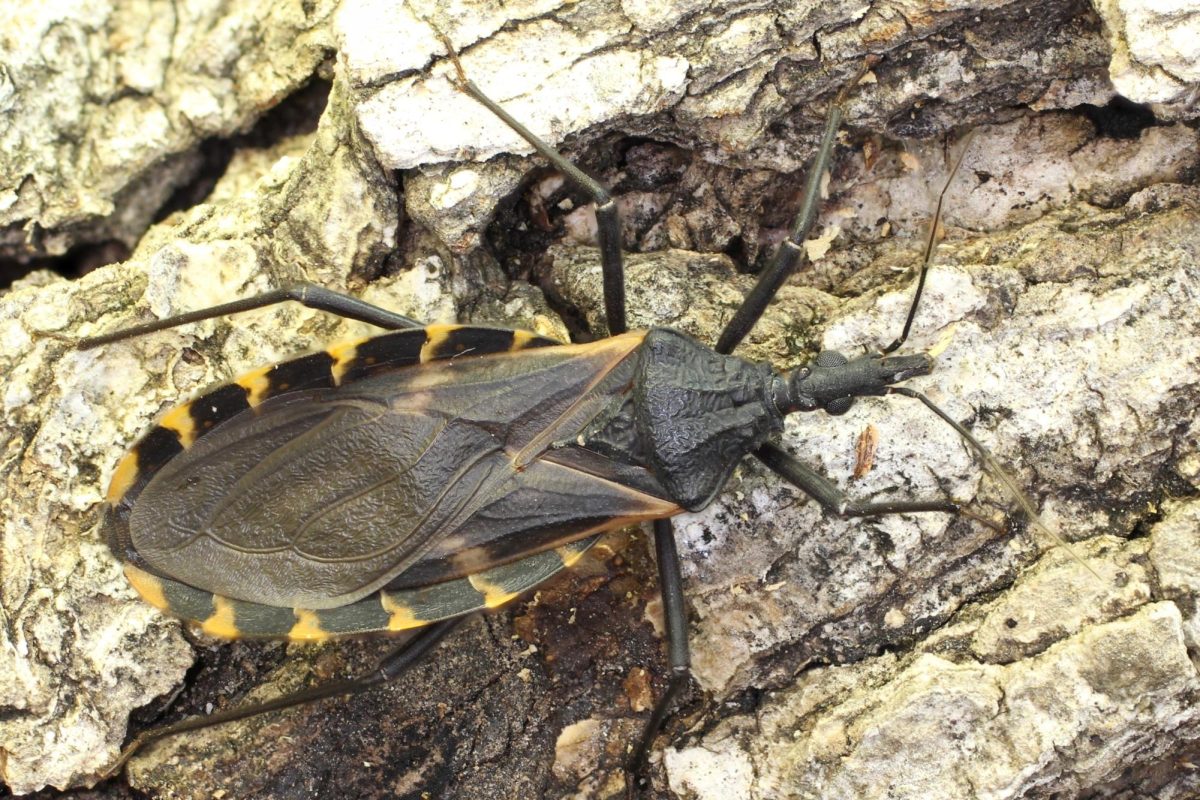New research makes it possible to reconstruct ancient ecosystems by analyzing the teeth of over 50,000 carnivorous animal communities from across the world.
Michelle Lawing, Ph.D., is a paleoecologist who specializes in combining the fields of conservation biology and paleontology. Her lab focuses on ecometrics, the study of traits and how they relate to the environment, to see how wildlife is responding to climate change, agricultural expansion, and other harmful disturbances.
According to a study published in 2024, led by Texas A&M former student and Texas State University Assistant Professor Leila Siciliano-Martina, Lawing’s lab used numerical models to successfully reconstruct the paleoclimates of seven North American prehistoric ecosystems. Researchers are hopeful these models will prove useful for conservation efforts.
“The whole point of our research is to use the fossil record to understand what we see today,” Lawing said. “How has the environment changed, and in turn, how have these communities of animals changed? We are looking for specific traits, such as what a species eats, to identify why populations have declined and communities have changed. We’re modeling the framework for conservation management.”
The key to finding a connection is to look at functional traits, or characteristics that aid an animal in surviving, Lawing said. The lower carnassial tooth allows researchers to do just that.
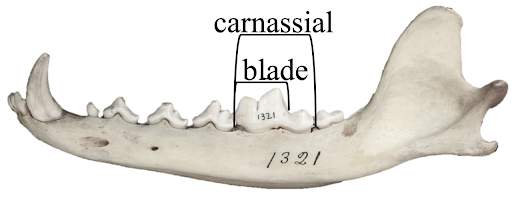
This tooth is commonly found in terrestrial carnivorans, or a group of species such as bears, wolves, and raccoons that live on land and consume varying amounts of meat in their diet.
Chosen for its unique ability to both tear meat and grind plants, this tooth makes it perfect for analyzing food availability at the community level. The community level encompasses groups of many species that live in a specific geographic location.
In other words, it gives researchers a window into what communities of animals were eating in the past — whether there were more meat-eaters or veggie-lovers.
“By measuring the teeth of fossils and skeletal specimens, we can infer what kind of food was available to communities in the past,” Lawing said. “Comparing the results to similar communities today, we can see what has changed and if food availability plays a role in declining biodiversity.”
However, food is not the only factor that contributes to a group of animals’ survival. Researchers also considered the average annual rainfall and temperature of the environment of each community. These two factors indicated if food availability was connected to a change in climate over time.
The study found that warmer, wetter climates favored communities with smaller carnassial blades. This is likely because they had a diverse food supply of meat, nuts, and fruit to choose from. A carnassial tooth with a smaller blade has room for both grinding vegetation and tearing flesh.
For example, South American coatis live in moist, abundant rainforests and are known to eat berries and insects, but will also consume small mammals from time to time.
“By reconstructing these environments, we have a clearer view of how animals survived in the past and under what conditions. We look at communities of animals, and not individual species, because an ecosystem can’t function without all the facets that make it stable,” Lawing said.
The study also found that cooler, dryer climates favored communities with larger carnassial blades, meaning the food was likely sparse and limited to other animals. A larger blade is more useful for tearing into meat.
For example, the Asian snow leopard primarily eats wild sheep and deer due to harsh winter conditions, but will occasionally munch on shrubs or leaves if they are available.
The result of combining these connections is a reconstructed ancient ecosystem, or paleoclimate, that is full of many coexisting communities of animals, Lawing said.
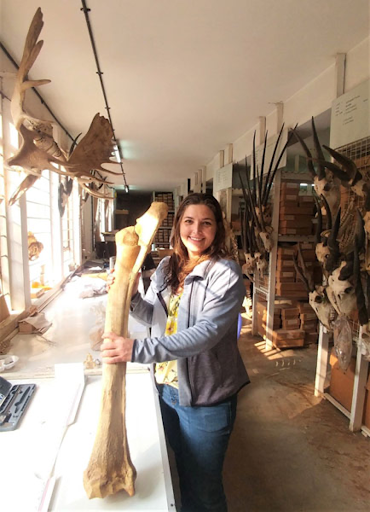
“The methodology that combines functional traits with environmental variables have this huge potential to predict how the climate is changing,” said Maria Alejandra Hurtado Materon, a Ph.D. student studying ecometric traits in Lawing’s lab. “Ancient animal communities will tell us what the paleoclimate looked like in the past and what we can do in the future to maintain the optimal functionality of these ecosystems — and the animals that live within them.”
In her dissertation, Hurtado is looking at functional traits associated with locomotion, or how an organism moves, via measuring a specific ankle bone.
Similar to the connection between teeth, temperature, and precipitation, looking at communities’ range of movements could identify if they lived in open or enclosed environments based on the way their bones were formed.
She is also in the process of building a mammalian “periodic table of niches,” or a chart that categorizes functional traits, habitats, inter-species interactions and more by species.
This would give researchers an ‘overview’ of how specific species live and interact with the world — something that is not currently available and extremely hard to classify, said Hurtado.
Similarly, Lawing and her lab are working on an ecometric database. It will provide scientists with readily available records on functional traits for all types of mammalian species throughout time.
“It would be amazing to build up a database with different ecometric traits not just associated with diet or feeding, but also with locomotion, physiology, and behavior,” said Lawing. “The goal is to incorporate all aspects of a species’ ecology so we can get a clearer idea about what types of species compose communities.”
These findings may be an integral tool in predicting the responses of vital communities amid rapid climate change.
Restoration plans to maintain biodiversity and ecosystem functionality in endangered environments could incorporate the persistence of key functional traits, Lawing said.
For example, using a reconstructed paleoclimate to determine how to help in degraded or dry habitats. Prioritizing the reintroduction of drought-tolerant plants and animal species that used to thrive there could help restore ecosystem stability.
“This approach would ensure that essential functional traits – such as those exhibiting burrowing behavior, seed-dispersal, and soil aeration from small mammals – would remain present and active within the ecosystem,” said Lawing. “Focusing on traits that support ecosystems’ ability to flourish will allow conservative strategies to be better suited to environmental change.”




